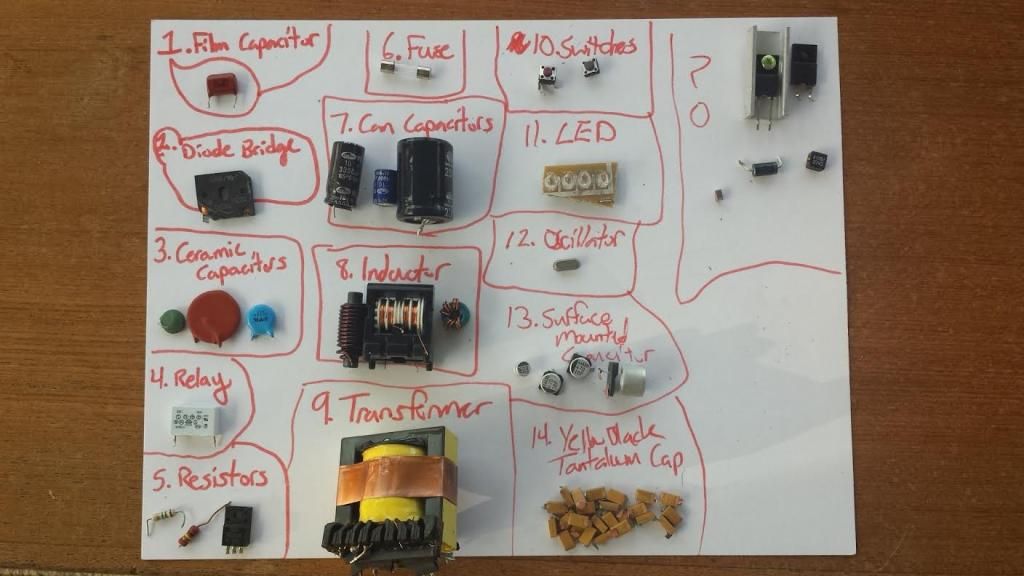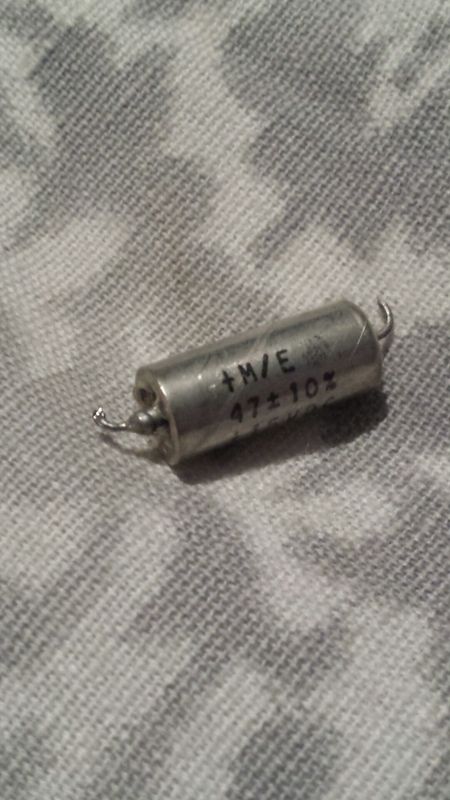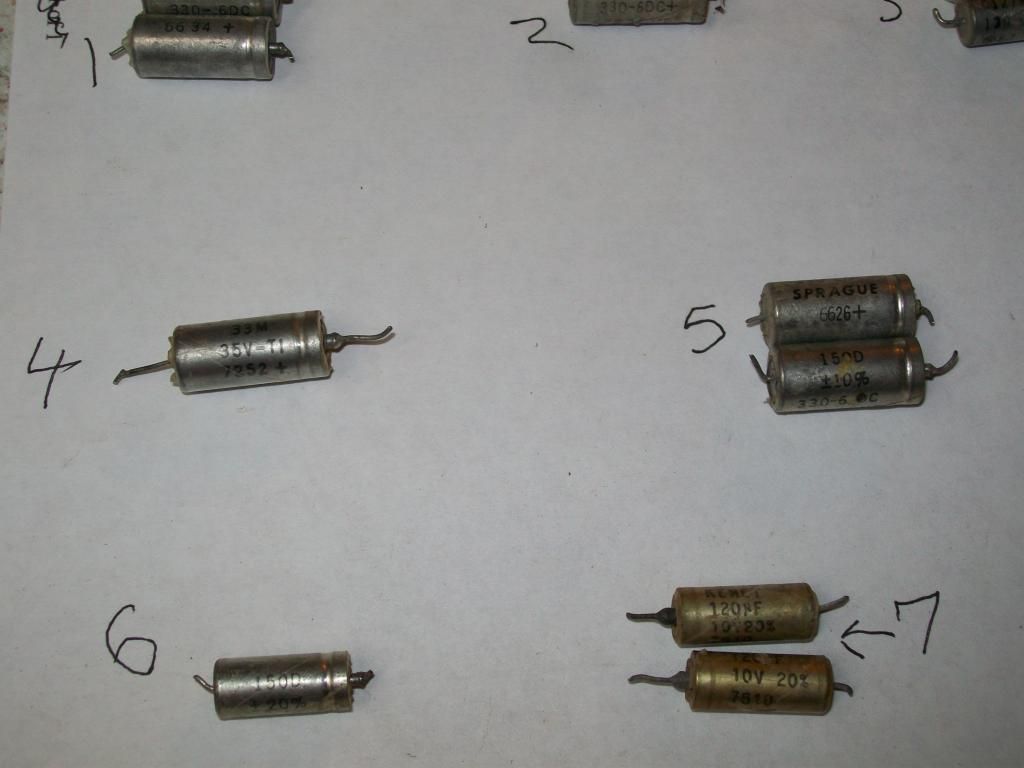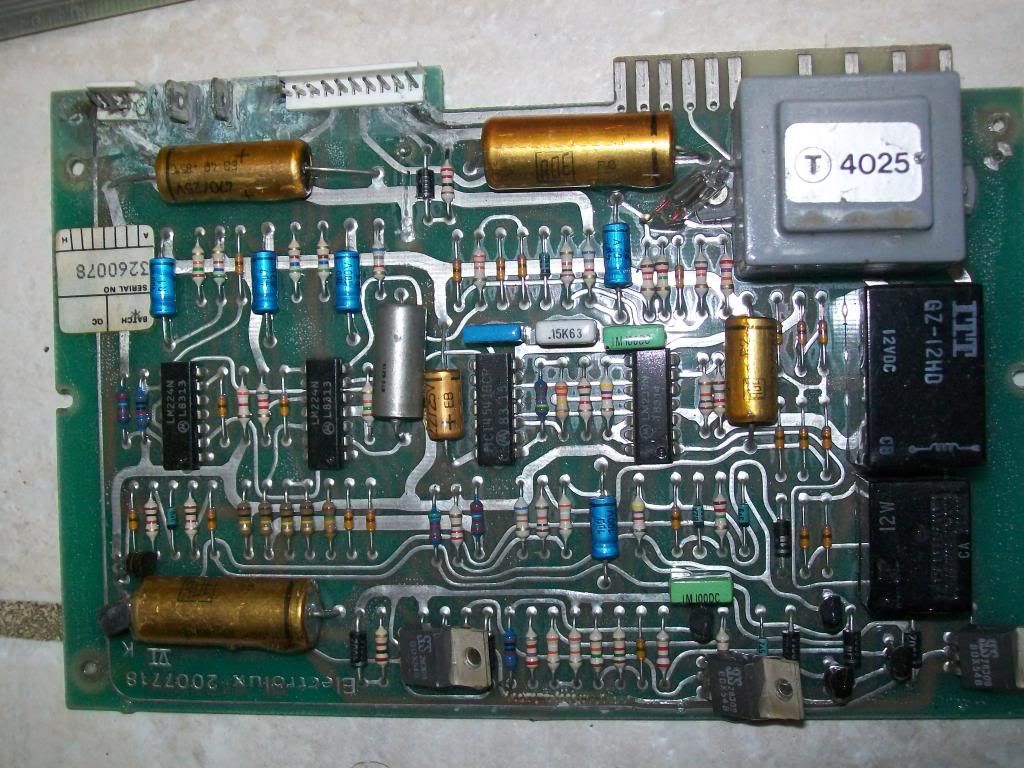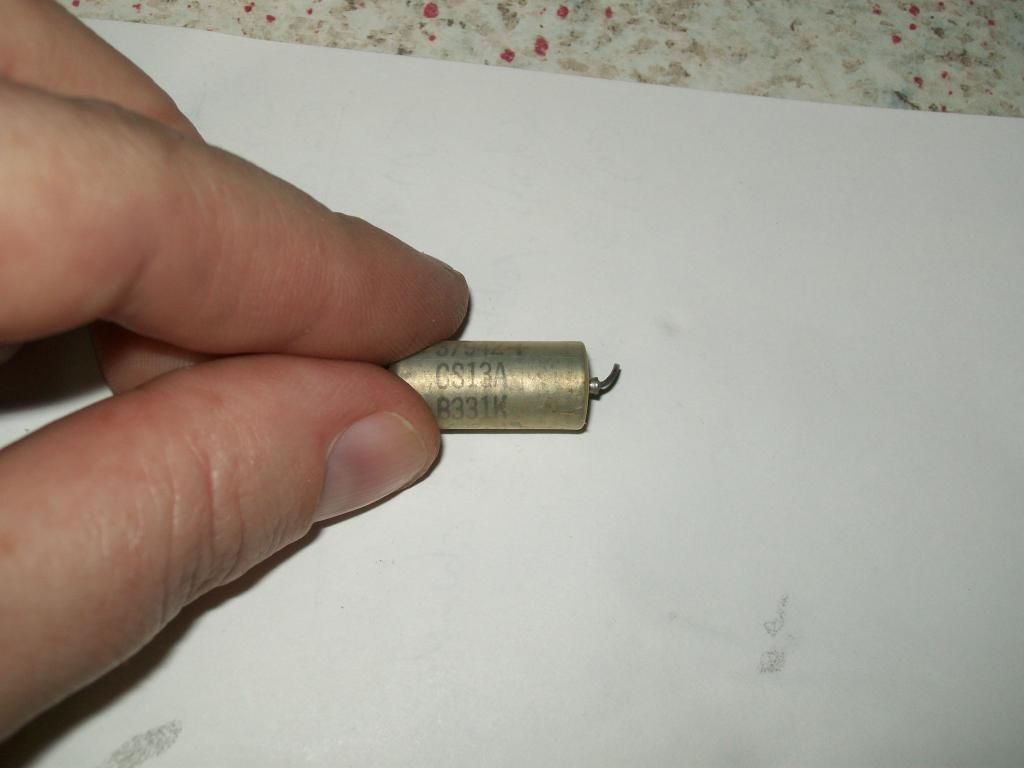Epoxy Ceramic Capacitor Identification For Scrap

0 047µf ceramic disc capacitor.
Epoxy ceramic capacitor identification for scrap. A variety of schemes may be used. There is a small amount of foil on the inside of aluminum capacitors but because of the paper that it is tightly rolled in it is difficult to get at or gets destroyed while trying to remove it. Tdk s conductive epoxy series is a conductive glue mounted device rather than solder mounted. 900 piece ceramic capacitor grab bag.
Leaded tantalum capacitor markings smd tantalum capacitors surface mount tantalum capacitors are widely used in modern electronics equipment. The deposition of epoxy in the quantity required for the end terminations of ultra small capacitors is beyond the capability of epoxy dispensing and screen printing technology. Surface mount ceramic capacitors manufactured by vishay a global leader for semiconductors and passive electronic components. 1 4 1 3 1 disposition the determination of how defects should be treated.
The properties of epoxy and solder paste including grain size thixotropic properties and viscosity limit further dot size reduction using these technologies. Home electronic components recycling scrap capacitors recycling. Repair or use as is may require customer concurrence. Disposition may be to rework repair scrap or use as is.
Yes you can scrap capacitors. Scrap capacitors recycling we buy all kinds of capacitors either loose or in reels for recycling including ceramic monolithic capacitors mlcc. They are generally less expensive than other capacitors and carry lower capacitances couple of µf max which makes them. A defect for class 1 automatically implies a defect for class 2 and 3.
Sometimes figures such as 10n will be seen and this indicates a 10nf capacitor. A ceramic capacitor is a fixed value capacitor where the ceramic material acts as the dielectric it is constructed of two or more alternating layers of ceramic and a metal layer acting as the electrodes the composition of the ceramic material defines the electrical behavior and therefore applications. Made of ceramic material as the dielectric and metal as the electrodes ceramic capacitors come in a variety of shapes and sizes. A defect for class 2 implies a defect for class 3.
Ceramic capacitors are generally smaller than types like electrolytic capacitors and therefore the markings need to be more concise. The capacitor markings are normally written directly onto the encapsulation as figures although a colour coding system was popular at one time and some capacitors may still be seen using this system. Or back to general e waste gallery. Often the value may be given in picofarads.




